The 2010s Will Be Remembered as the Decade of Leggings—And We’re Okay With That
I began writing about fashion full-time in 2009, and over the past decade of loving some trends a lot and others not at all, I’ve intermittently found myself puzzled by one aspect of contemporary style: Given the profusion of fashion options these days, the speed of collection turnover, and the lack of any single dominating aesthetic, what on earth will future generations picture when they think of the look of the 2010s?
As Karl Lagerfeld once noted, “clothes are the first thing you think of when you imagine an era—you think of pannier dresses when you say ‘the 18th century,’ before architecture or anything else.” (Due credit here to my colleague Sarah Mower, who picked out this observation from the footage played at the recent Lagerfeld memorial in Paris.) Think of the 1920s, you picture flapper dresses. Think of the 1950s, you picture Dior’s “New Look” silhouette. Think of the 1980s, you see miniskirts and shoulder pads. Etc. Era style has gotten more diffuse with the passage of time—things were already pretty motley by the 1990s, a mix of minimalism, sparkly halter dresses, and Nirvana-inspired grunge—and at this point, there’s hardly any item of apparel that everyone wears. Except leggings.
Leggings, I would argue, are the look of our time. Bit by bit, they’ve wormed their way out of our gym bags and assumed pride of place in our wardrobes. Walking around New York City, I see more women wearing leggings than anything else; it’s as though a good 50 percent of the female population is en route to a SoulCycle class. The thing is, they’re not. These women are just wearing leggings, because if you don’t have a pressing reason to put on other clothes, why would you wear anything else?
Leggings are comfortable. And, thanks to the rise of athleisure, which I would date from the Lululemon IPO in mid-2007, leggings are cool. They are Kanye-approved. And they come in lots of colors, patterns, and styles. It’s a far cry from the days of basic black spandex. Even the high-performance leggings I use when I run look good enough that they can double as daywear, in a pinch.
Why leggings, why now? Aside from the comfort factor, which is not to be underestimated, the primary catalyst seems to be the increasing fitness focus of our culture. Gyms and boutique workout studios are filling storefronts left vacant when retail brands shutter—the Rye Ridge Shopping Center in Rye Brook, New York, for example, is home to yoga, Pilates, and spinning studios, and Brookfield; a major shopping center developer, touts the fact that its Quail Springs Mall in Oklahoma City hosts a 236,000 square-foot “athletic resort” that boasts, among other features, indoor and outdoor pools. People are spending more time working out, and they want to spend less time carting wardrobe changes around.
More anecdotally, I suspect this leggings moment has much to do with the decline of traditional office jobs. If you’re working from home, or out of a WeWork, or if you’ve got some combination of gig economy hustles going, the need for proper business attire declines to nil. Plus, if you’re setting your own hours, you can dash out the door for a 4 o’clock barre sesh and nobody cares—and if that’s the plan, why bother starting the day in a skirt or a dress? Meanwhile, the more we wear leggings, the more acceptable it is to where them anywhere—never mind that obscure United Airlines policy that caused two leggings-clad gals to get booted off a plane in 2017. Of course you’d wear leggings on a plane!
Fashion fans may find this cause for despair. After all, don’t we want people to consider their ensembles when they step out for the day, rather than pull on the same pair of Outdoor Voices leggings they wore the day before, and the day before that?
I’ve been mulling this one, and I’ve come out pro-legging. I’m not going to make a case for them as fashion—but that’s the point. How much fashion-qua-fashion is around these days, anyway? There are a lot of looks, and a sickening amount of clothes, but little in the way of collections that stir the heart or challenge the eye. I think the move toward leggings may wind up having the salubrious effect of reinstating the useful distinction between “merchandise” and “fashion,” because the more leggings become our daywear uniform, the more we’ll hunger for truly special things to wear when we have occasion or desire to really get dressed. Moreover, if we all just agree to wear leggings, like, 75 percent of the time, we’d be doing a fantastic thing for Planet Earth. There would be less stuff, less waste.
Returning to the puzzlement with which I opened this piece, I’ll note that one thing that still confounds me is the look of old sci-fi TV and movies. Think, Star Trek and the sleek scuba suits all the cast members wear. I’d grown up believing that, far in the future, fashion would be defunct—we’d all be wearing skin-tight, color-coded uniforms, and that was that. But yet, what the future actually delivered was the anti-uniform, where every possible style of clothing was on offer at all times, and people distinguished themselves by curating self-expressive ensembles. Some people—fashion bloggers, Instagram influencers—made careers out of doing this.
For much of the 2010s, we’ve been in a highly performative mode, where our clothing choices are concerned. But the pressure to perform gets exhausting after a while. That, I think, is the real source of leggings’ hold over our wardrobes: Even the most stylish legging is an item of apparel designed to perform for its wearer, rather than be performed. Maybe we’ll all wind up wearing color-coded scuba suits, after all. And outfits of incredible fabulosity when we leave the spaceship for a night out.
Leggings 10s gallery
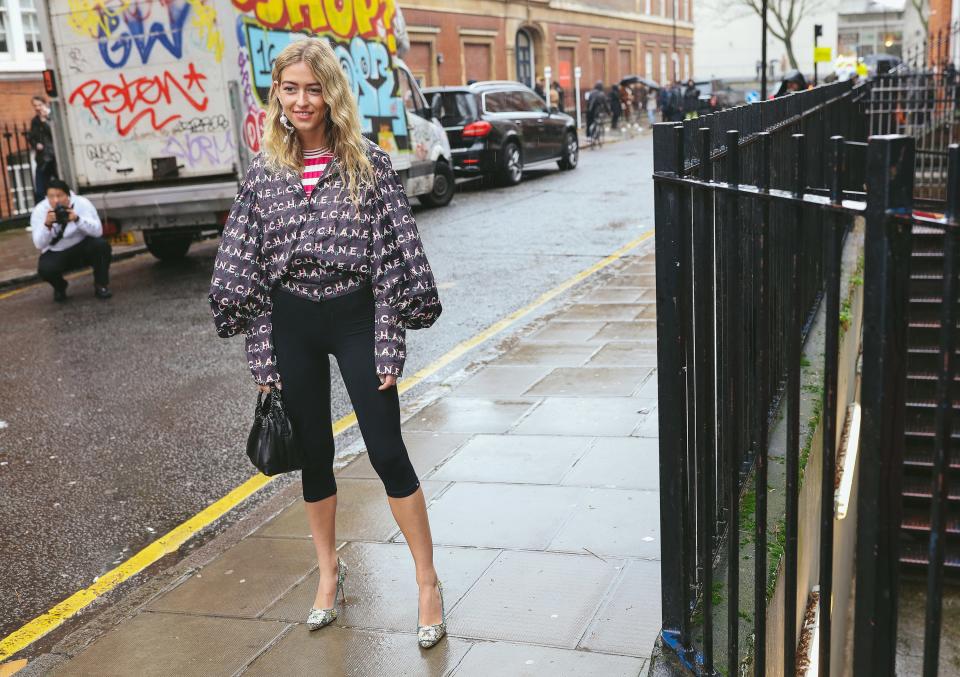
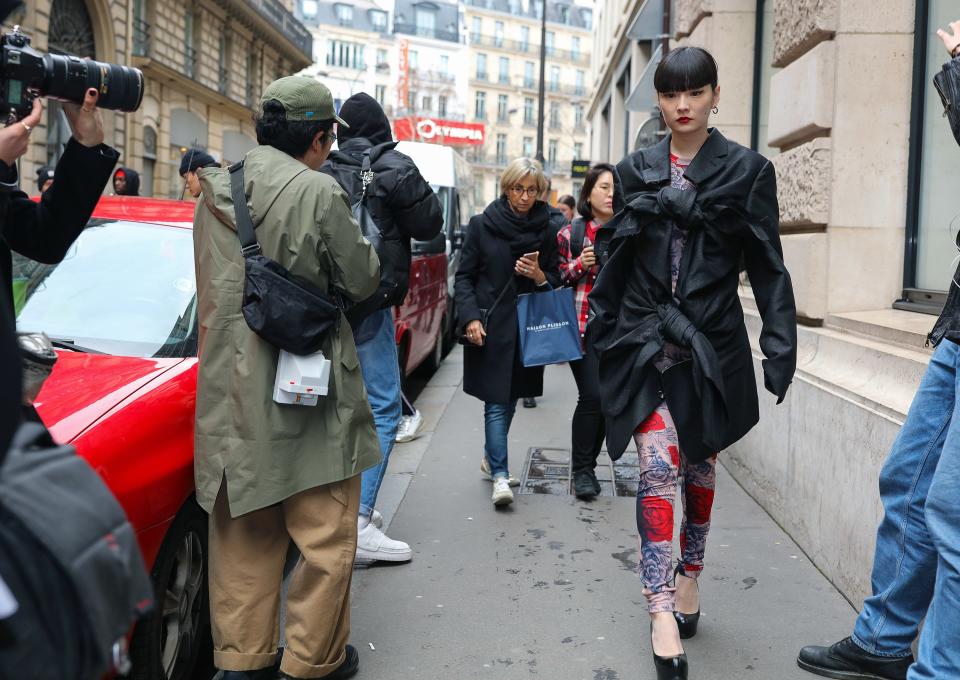
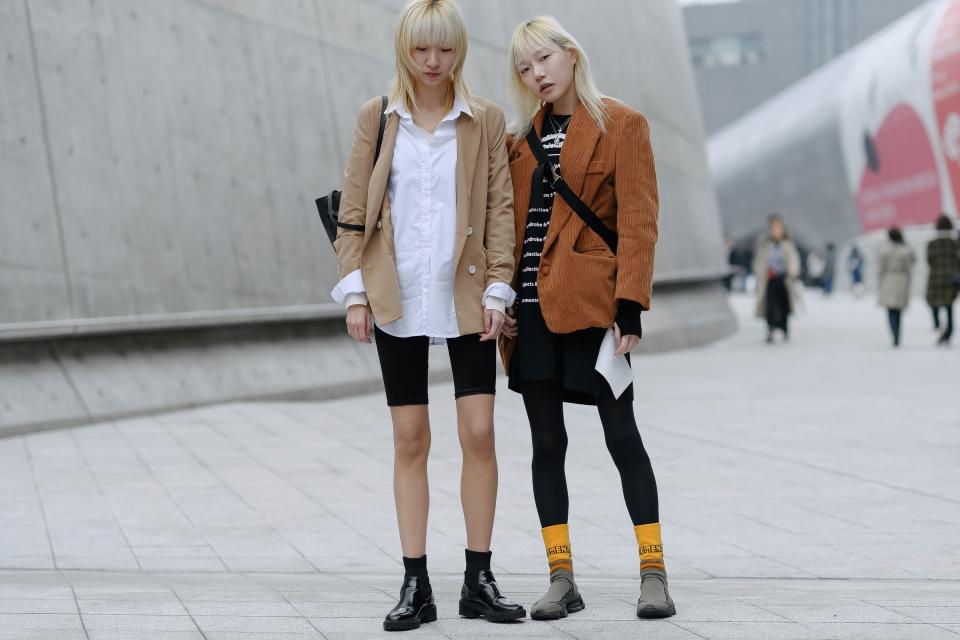
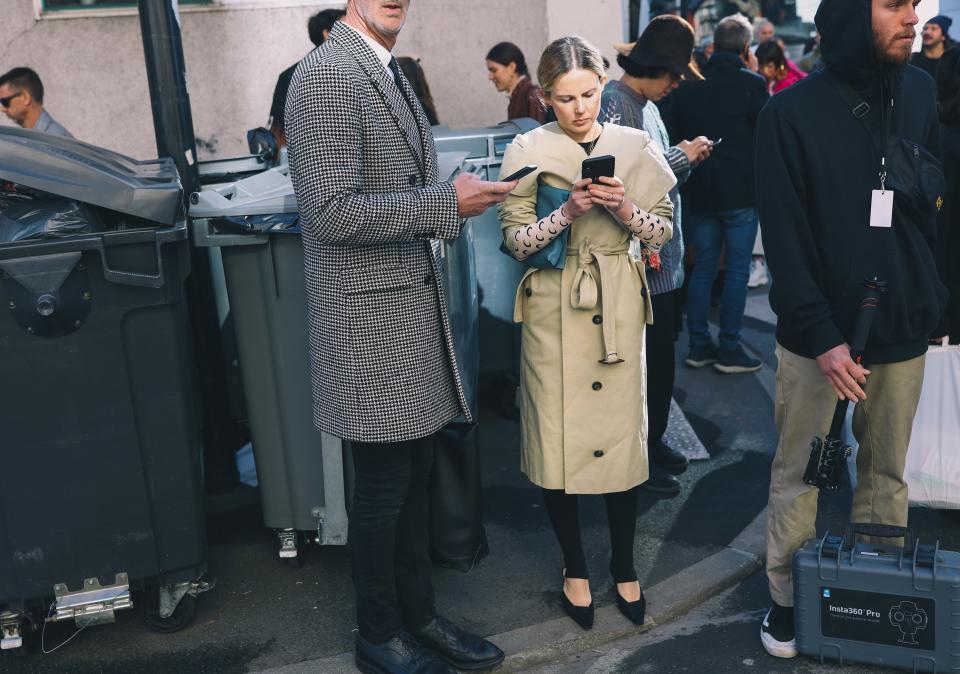
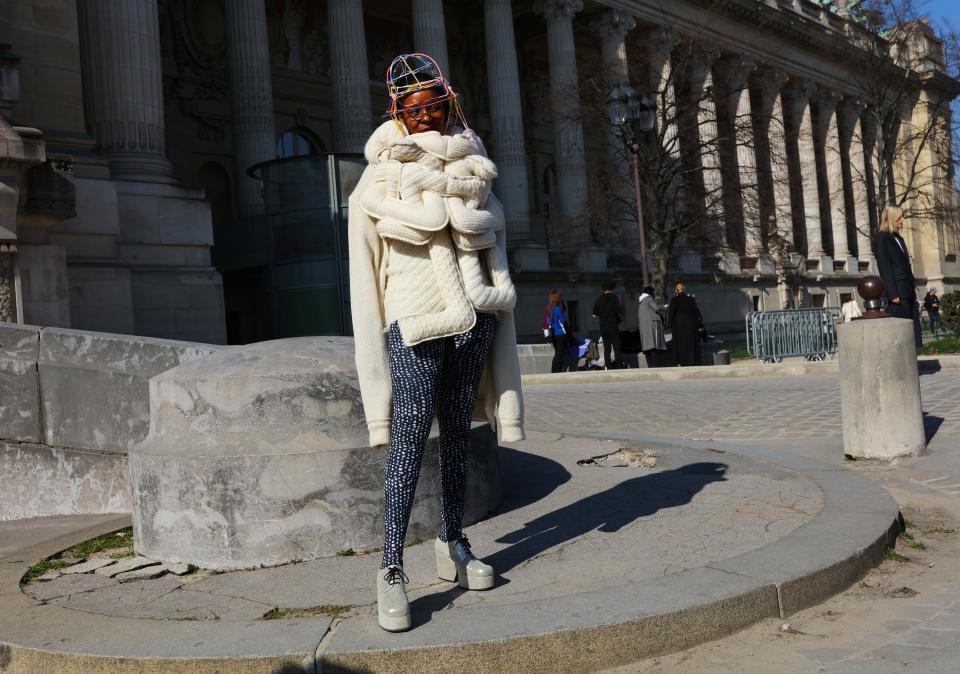
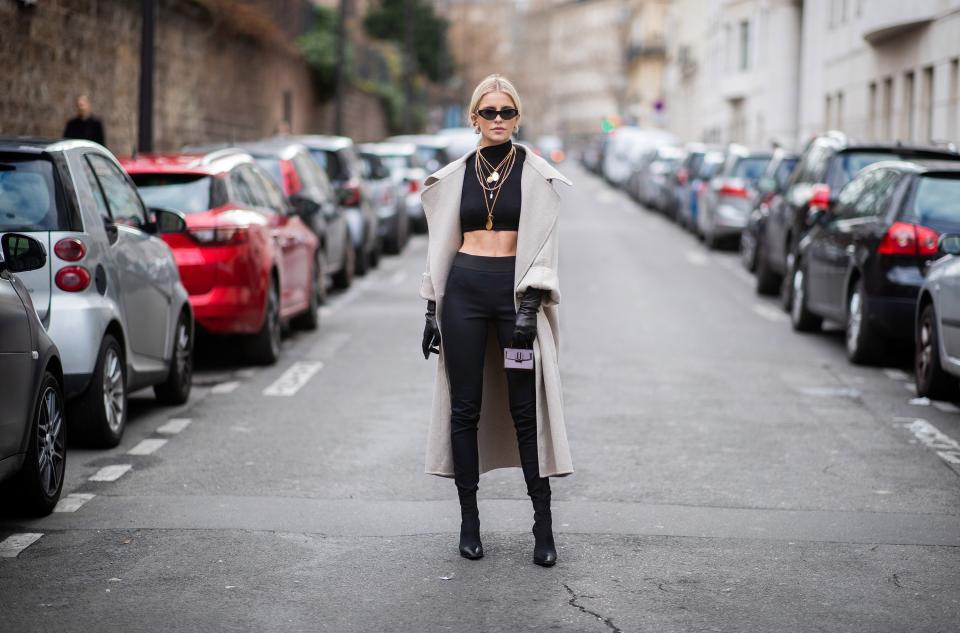
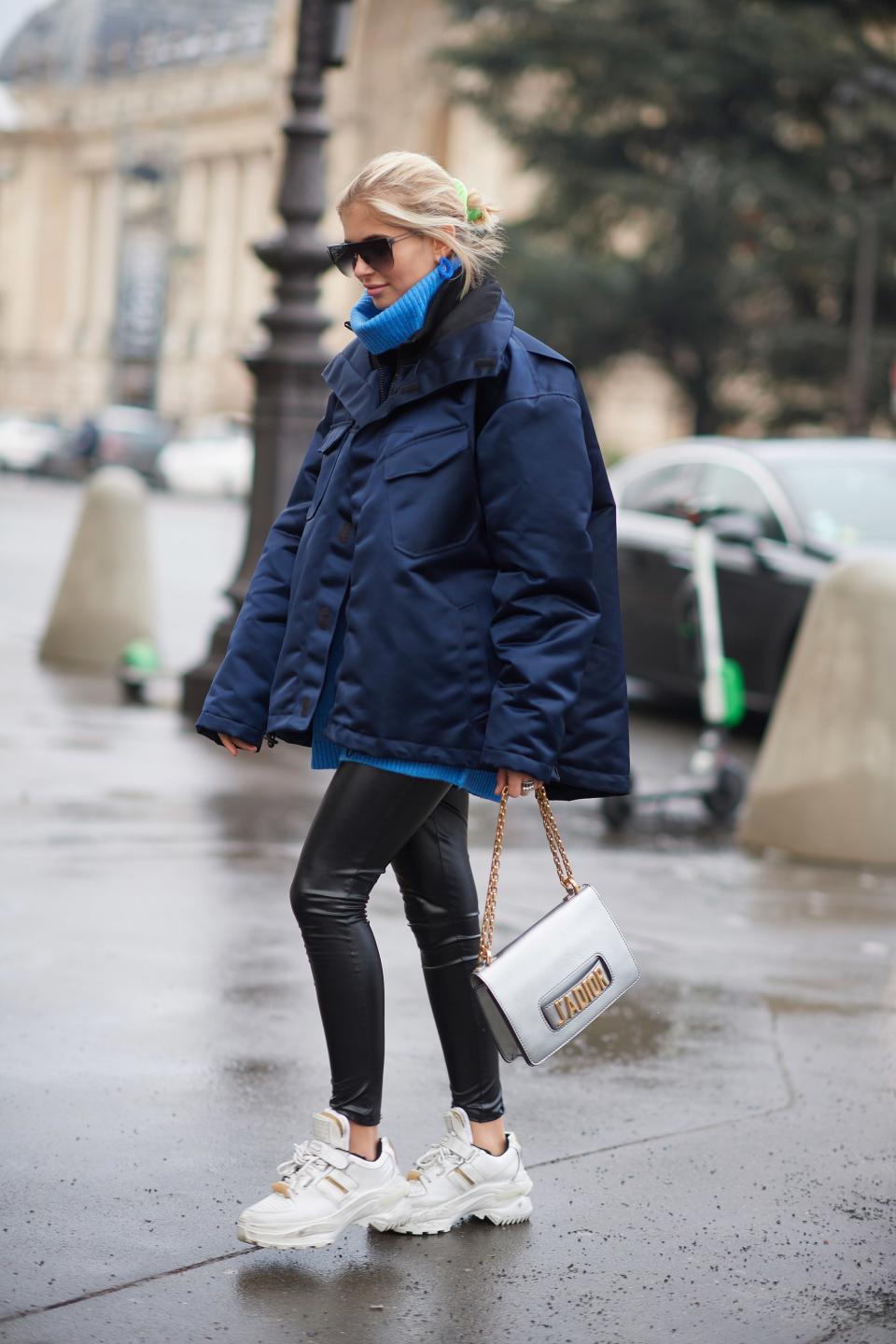
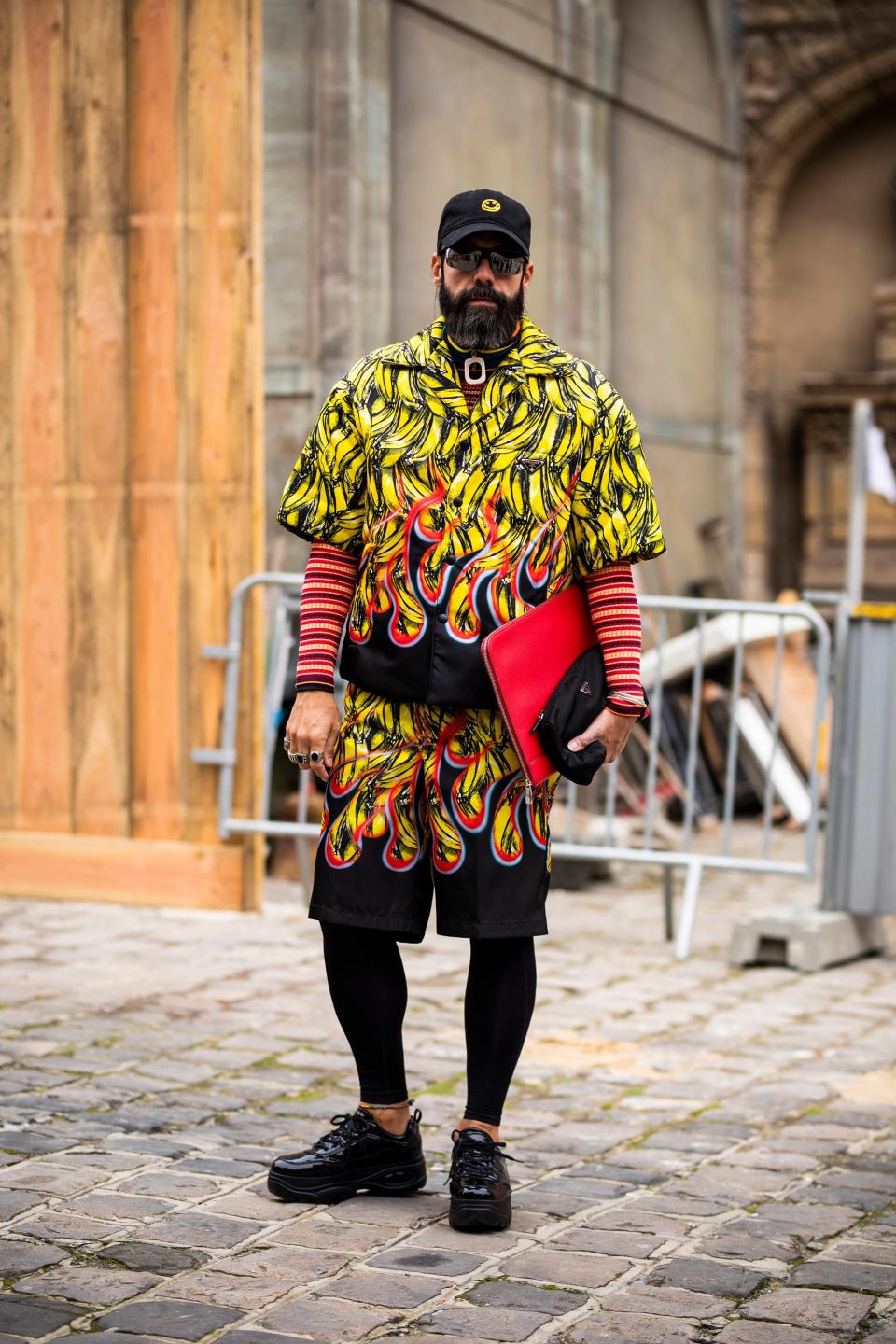
Originally Appeared on Vogue

